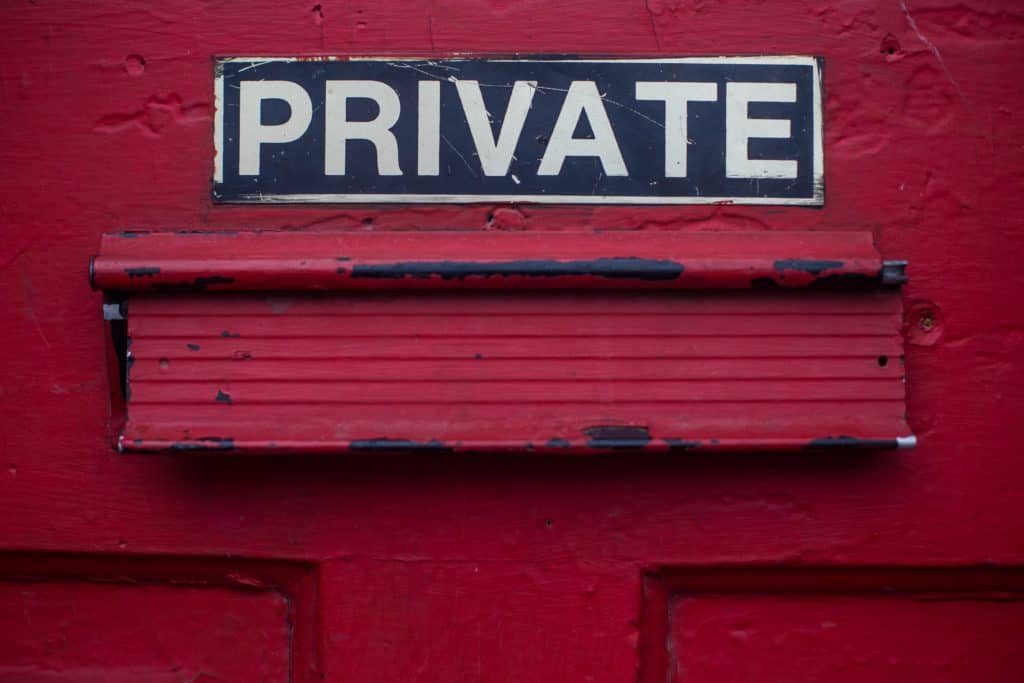
ePrivacy Regulation – What comes towards us?
Actually, It should be adopted together with the Data Protection Regulation already created in 2018 – the ePrivacy Regulation. So easy was it apparently not, and now it is not expected before 2020, the application of which is thus probably not binding before the 2022. The development can be e.g. when BVDW track.
Why is this taking so long? The current draft is criticized. Especially the digital advertising industry sees itself threatened in its existence, should be implemented the ePrivacy Regulation as intended. A recent study by WIK (Scientific Institute for Infrastructure and Communication Services GmbH) from November 2017 seems to confirm this fear. Privacy experts, such as the Federal Privacy Commissioner, however, highlight the opportunities and benefits of the regulatory proposal.
This leaves quite some time to deal with the contents and objectives of the regulation and to prepare for changes in good time.
What is the ePrivacy regulation?
The ” Regulation on the respect for private life and protection of personal data in the electronic communications and repealing Directive 2002/58 / EC ” in short, the ePrivacy Directive (EPVO), as supplemented and clarified the general provisions of DSGVO in regard to electronic communication data.
The provisions of the ePrivacy Regulation are therefore senior to the DSGVO .
Affected by this Regulation shall be in the future anyone who electronic communication data and information relating to the terminal of the end user (ie, etc. smartphone, PC, tablet) processes that are associated with the provision and use of electronic communications services (see. Art. 2 para the ePrivacy VO design.) 1.

Is there a regulation really necessary?
The ePrivacy Regulation complements and clarifies the general provisions of DSGVO in terms of electronic communication data. Relevant provisions of this Regulation is only for business owners who operate communication services, such as offering a Messenger app. In this area, the very general rules of DSGVO are not specific enough and there is a need for a specific regulation.
The ePrivacy Regulation replaces the old ePrivacy Directive (2002/58 / EC) and the Cookie Policy. These guidelines from 2002 and 2009 to be replaced by the new regulation, which then is directly applicable and provides for a uniform law in all EU member states. While the German legislature has not yet implemented the cookie directive applies in many other Member States already have the “opt-in” rule. This can also be found in the draft ePrivacy Regulation, becoming the gaps in the current German law include so then nationwide clarity exist with regard to the legal framework in the use of cookies. Mainly affected the previously applicable provisions of §§11 ff TMG (provider-user relationship) and § 7 UWG (Unreasonable harassment) are.
Get to know your customers, to find out about their issues, their pain points, their lifestyles – and feed that back to them in relevant, personalized content.
What is the purpose of the regulation?
The ultimate aim of the regulation is to strengthen online privacy of EU citizens. In general, the citizens’ confidence in the digital communication will be improved by the new regulation. Its scope encompasses virtually any form of electronic communication – telephone, web or e-mail services through the Internet of Things (smart refrigerators, fitness tracker, smart vehicles).
What should you adjust?
The introduction of the ePrivacy Regulation involves mainly changes in marketing strategies and existing business models. The financing of online media is therefore might be at risk. Blogs, websites of various newspaper formats and similar models are currently often dependent on banners that are displayed on the respective sides. So far not paid by the user for the content and information, but the companies through their connected advertising.
As expensive violations EPVO?
Similar to the DSGVO a violation of the ePrivacy Regulation can be expensive. Due to be up to 4 percent of global sales last year to EUR 20 million.
Make 2022 a year of incredible campaigns
Get it right, and 2022 could be the year your clients pull off some incredible campaigns. Through new and developing tech, you can get closer to customers than ever before, and create the kind of personalized, relevant content that converts.
Remember, though, that tech is only as good as the people who are using it. Make sure to communicate clearly with your human clients and teams – and keep a close eye on what your automations are doing. Automations are nothing without the right human guidance, they can do incredible things with email marketers as their guide.
This might also interest you?
-
No-reply emails are (not) the answer
No-reply emails are (not) the answer
-
DOI reminders: essential or excessive?
When it comes to email marketing, the double opt-in (DOI) process remains a core pillar for establishing trust with your subscribers.
-
Emails Accessible: Ensuring Readability for Everyone
By leveraging the right email flows, franchises can create a unified brand experience while catering to local market needs. Discover more.
Join our Monthly Maileon Newsletter
"*" indicates required fields
Sign up here to stay on top of any Maileon news
